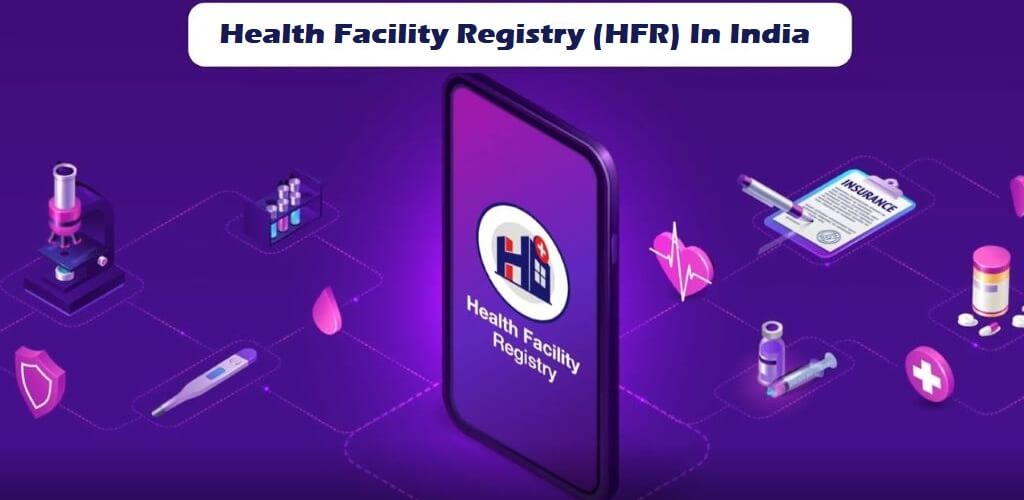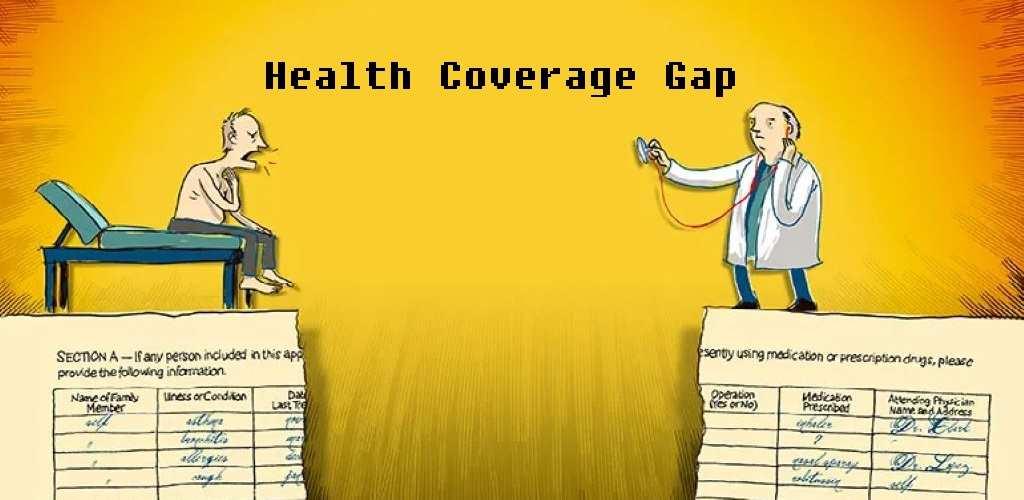The Health Facility Registry (HFR) has become a cornerstone in the digital transformation of India’s healthcare sector. Being one of the most important core modules of ABDM (Ayushmaan Bharat Digital Mission), the HFR initiative supports the broader objectives of the mission.
It focuses on using technology smartly to make healthcare services and processes seamless. By promoting accountability, transparency, and facts-based decision-making, HFR aims to improve healthcare services for everyone, helping communities keep themselves healthier all across the nation.
Stay tuned with this post as it explores the significance of the HFR in India, while also shedding light on its registration process!
Understanding HFR
Health Facility Registry or HFR is a comprehensive database or system that houses vital information about healthcare facilities, ranging from hospitals and clinics to pharmacies all across India. Think of it as a big digital book that stores and manages information, such as the location of healthcare providers, their contact information, operational hours, types of services offered, and various other details.
The system also uses GIS (Geographic Information System) to visually represent the healthcare facilities. This specifically aids in emergency response and disaster management by identifying the locations of health facilities in times of crisis.
The following medical establishments can register themselves for HFR ID:
- Hospitals
- Clinics
- Diagnostic Laboratories & Imaging Centres
- Pharmacies
- Blood Banks, and so on.
Moreover, here are some common categories of healthcare services that are covered in the HFR ecosystem:
- Modern Medicine (Allopathy)
- Dentistry
- Physiotherapy
- Ayurveda
- Unani
- Siddha
- Homeopathy
- Sowa-Rigpa
Key Benefits Of HFR
The Health Facility Registry of the ABDM scheme offers several benefits, contributing to the overall improvement of the healthcare system in India. Here are 4 key advantages:
- Genuine & Unique Identification
Every healthcare facility in India is issued an identity card, ensuring they can be easily identified when required. This is crucial given the numerous hospitals and clinics in India, including both private and public establishments. Without a distinctive identity, it becomes challenging for the government as well as the general public to ascertain the number of facilities and their locations.
Thus, the facility ID plays a vital role in recognizing medical establishments within the ABDM ecosystem. It serves as a key component in efficiently identifying and locating healthcare facilities, promoting better coordination and management within the healthcare system.
- Facilitates Digitization Of The Healthcare System
In the era of advanced technology and the internet, a transformation towards digitalization has unfolded, promising to save time and energy in various sectors. In alignment with this trend, the Health Facility Registry of ABDM seeks to digitalize India’s healthcare sector by providing online access to digital health records and the Health Management Information Systems (HIMS).
Additionally, The HFR plays a vital role in identifying and promoting facilities that offer telemedicine services. This is particularly good for remote consultations, allowing individuals to connect with healthcare professionals from the convenience of their homes. This approach not only overcomes geographical barriers but also enhances access to medical expertise, especially in areas that are remote or underprivileged. The integration of such technologies into the healthcare system becomes a key enabler, fostering a more accessible and efficient healthcare experience for individuals across diverse locations.
- Increased Accountability & Transparency
One of the main aims of India’s HFR system is to provide transparency, accountability, and safety while providing medical care. This simply means that all medical professionals will be accountable and transparent for their actions.
This, in turn, will promote patient safety as all medical personnel must follow the necessary regulatory guidelines, procedures, and protocols.
Moreover, HFR allows interoperability, which means the registries should be designed to integrate and share relevant data with other health information systems. This fosters seamless data exchange between healthcare providers and relevant stakeholders and promotes alignment with broader health initiatives.
- Increased Online Presence & Discoverability
Nowadays, it is important to be active on the internet to get discovered by people. Being part of the Health Facility Registry (HFR) means that healthcare facilities are included in the national digital directory. This inclusion enhances their online visibility as individuals can search these facilities through listings on the national portal and other online platforms.
The HFR, being a digital platform, can also contribute to the search engine optimization of listed healthcare facilities. This means that when individuals search for healthcare services online, facilities listed in the HFR may appear more prominently in search results.
How One Can Sign Up For HFR?
HFR registration can be done by following the below-mentioned steps:
Generate Healthcare Professional ID:
- Visit the website https://facility.abdm.gov.in/ and select “Click here for Login or Registration.”
- Now users can generate their Healthcare Professional ID (HP ID) by selecting “Click here to Register” and log in by entering their IDs and passwords.
Role Selection:
- The user dashboard will now display two distinct roles if the user is not associated with any role or is accessing HFR for the first time:
- Facility Manager
- Nodal Officer/Verifier
- To add or register facilities, select the “Facility Manager” option. On the following page, click the “Search and Register Facility” button.
Fill Registration Form & Submit:
- The “Facility Manager” has four options available:
- Search using the health facility’s name.
- Search using the ID of your health facility registered in AB-PMJAY, NIN, etc.
- Register a new facility.
- Add facilities in bulk.
- Once the users select the register option, they will be prompted to verify or fill in information for registration, including facility name, address, geo-location, contact details, etc. For bulk upload, the user will have to upload the respective details as a CSV file.
Verification & Approval:
- After submitting the registration request, the state government and UT administration verify and approve the existence of the health facility.
The Bottom Line
In summary, the Health Facility Registry (HFR) system in India is a powerful force, ushering in a new era of efficiency and accessibility in healthcare. Acting like a dynamic digital guide, it navigates the varied landscape of healthcare facilities nationwide, from bustling cities to serene rural areas.
The key goal is to simplify the entire health and recovery process, making it easily accessible to patients with just a touch. As the HFR evolves, it promises to save time and provide ample opportunities for recovery, especially for patients with critical diseases. In today’s digital world, the HFR system stands as a testament to India’s commitment to use technology for the greater well-being of its citizens, marking a significant step toward a healthier and more connected future.








